Active Galactic Nuclei & Black Holes
We study a range of science questions related to how supermassive black holes power active galactic nuclei and quasars in the Universe.
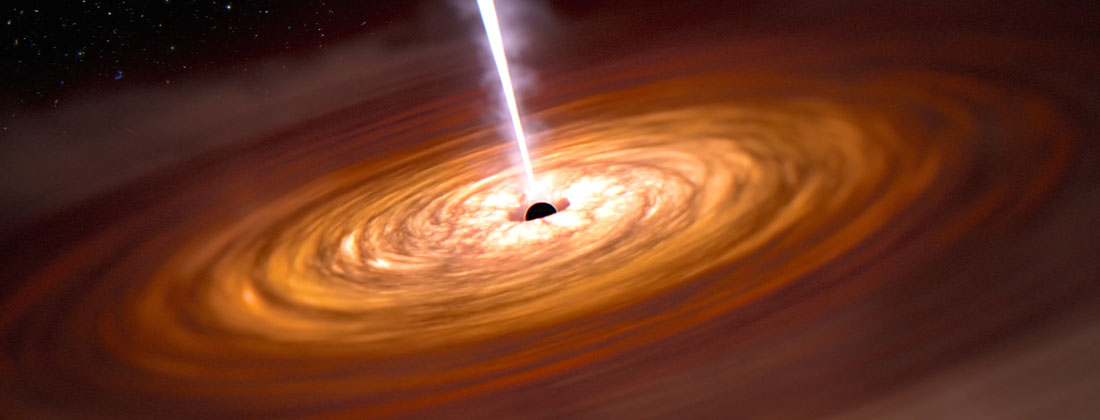
Topics include the kinematics of gas and stars near the central supermassive black holes in galaxies, the feeding mechanisms of these black holes and the specific processes that drive gas to the center of galaxies. With the launch of JWST, we have the exciting opportunity to study the formation and role of black holes in the early universe.
Presumably, all galaxies go through an active phase during their early evolution when the central supermassive black hole starts to accrete matter. At every cosmic epoch a fraction of galaxies have such an 'active' black hole.
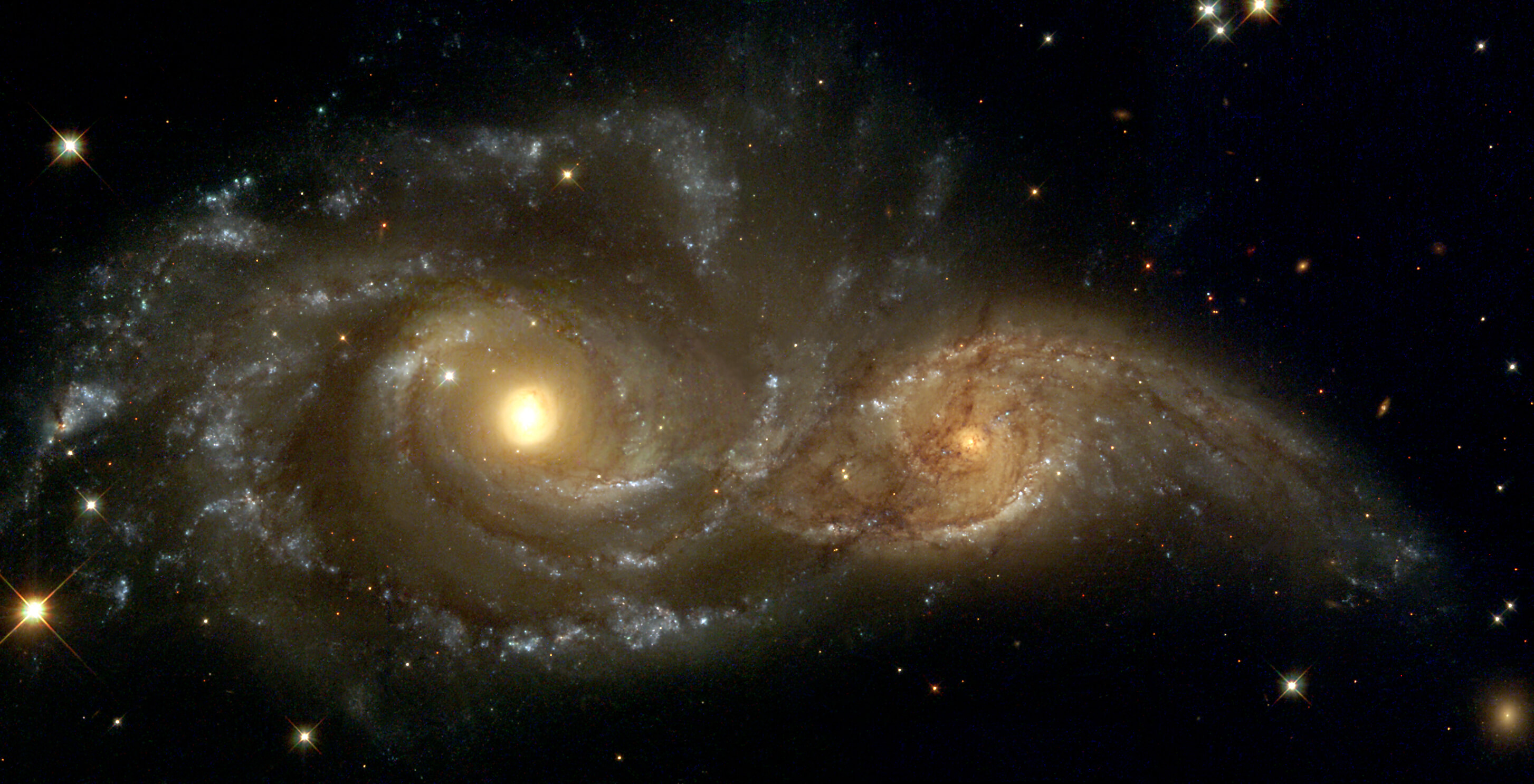
It appears that galaxy mergers play a role for turning quiescent black holes into active black holes, but it does not explain all AGN. Although AGN activity is a commonly observed phenomenon, the specific mechanism(s) that drive gas to the center and all the way to the black hole are unknown. Suggested mechanisms include nuclear spirals, nuclear torques, gas streaming along stellar bars, and cold gas streamers.
One of the major challenges relates to time scale differences. It takes a long time for gas to migrate from large galactic scales to the central black hole, so the gas detected on galactic scales does not necessarily correlate with the current black hole activity. Another challenge is the difficulty in identifying gas, captured from another galaxy, and distinguishing it from in-situ resident gas in a given gas-rich galaxy.
Our team at DARK uses observations with integral field spectroscopy to probe the mechanisms responsible for feeding the black holes. This technique, available in instruments in the Very Large Telescope in Chile or in the JWST for example, allows us to probe the motions of gas as it is transported to the black hole.
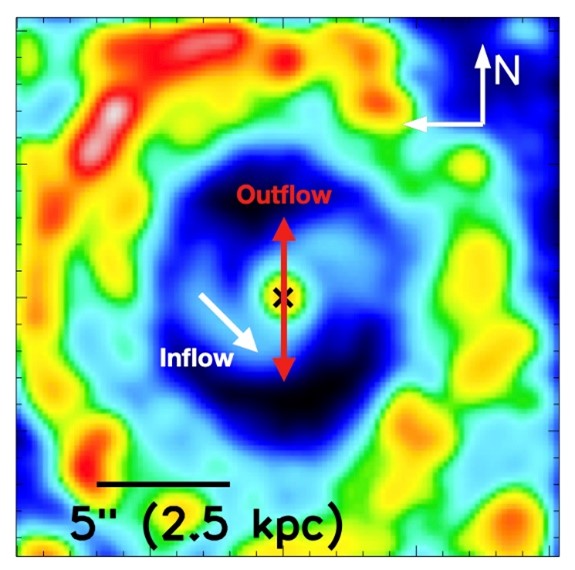
- https://ui.adsabs.harvard.edu/abs/2023NatAs.tmp...26R/abstract
- https://news.ku.dk/all_news/2023/03/intergalactic-gas-brings-supermassive-black-holes-at-the-heart-of-galaxies-to-life/
- https://ui.adsabs.harvard.edu/abs/2021A%26A...650A..34R/abstract
- https://ui.adsabs.harvard.edu/abs/2017MNRAS.464.4227R/abstract
Sandra Raimundo, Marianne Vestergaard
Understanding the nature and physics of the black hole central engine in active galactic nuclei and quasars is important for understanding the role of supermassive black holes in galaxy evolution.
Some of the outstanding questions are how the black hole generates the powerful emission and outflows - and how this feedback impacts star formation in the host galaxy.
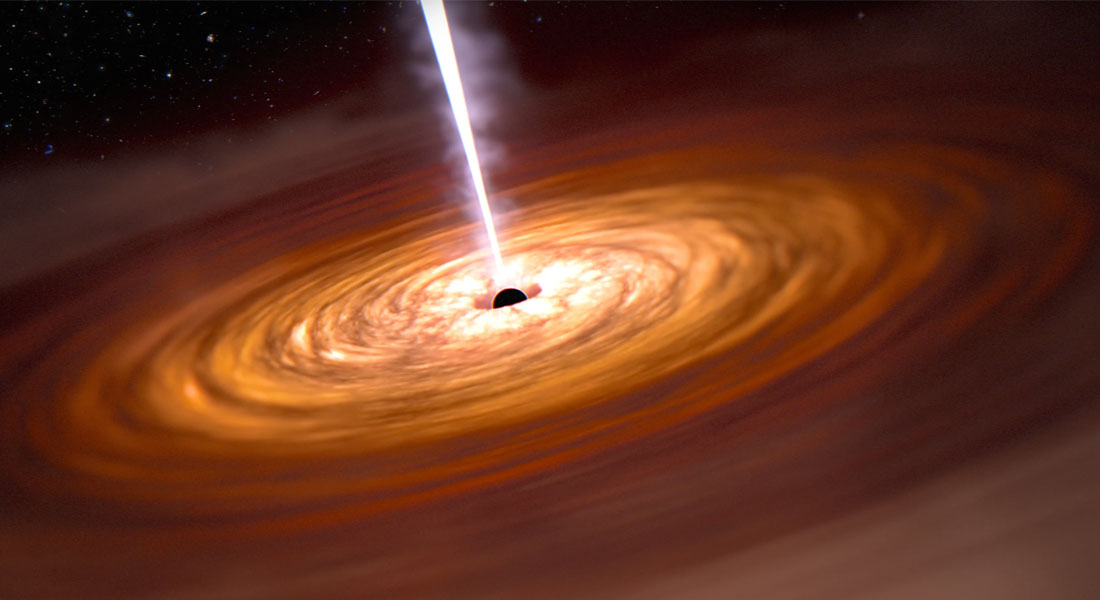
To reach this goal we need to better understand the accretion process and the interaction of the ionizing radiation emitted from the central accretion disk with the plasma and gaseous components located in the immediate vicinity of the black hole and the accretion disk.
The main challenge is that the angular extent on the sky of the central engine is too small to resolve by telescopes and instruments sensitive to X-rays, UV, and optical wavelengths that probe important constituents of the central engine. Without the ability to spatially resolve and directly image the central engine, we need to use alternative methods.
One popular method is to use timing experiments to measure distances through light travel time delays. This technique, called reverberation mapping, can also provide additional constraints on the physics and nature of the accretion disk and the broad line region gas. We are involved with international collaborations undertaking large monitoring programs with this aim.
Some additional insight on the structure of the broad line region can be obtained by forward modeling of the observed spectra. Constraints on the accretion physics can also be obtained through statistical analysis of observational databases or from modelling of the accretion disc emission.
- https://ui.adsabs.harvard.edu/abs/2021ApJ...907...76H/abstract
- https://ui.adsabs.harvard.edu/abs/2021ApJ...922..151K/abstract
- https://ui.adsabs.harvard.edu/abs/2020ApJ...898..141D/abstract
- https://ui.adsabs.harvard.edu/abs/2020MNRAS.493.1227R/abstract
- https://ui.adsabs.harvard.edu/abs/2020ApJ...902...74W/abstract
- https://ui.adsabs.harvard.edu/abs/2012MNRAS.419.2529R/abstract
Sandra Raimundo, Marianne Vestergaard
Changing-look AGN are supermassive black holes that undergo extreme changes in accretion rate over just a few years. Examples are when a supermassive black hole starts accreting gas and turns into a bona fide AGN or when a bona fide AGN suddenly loses its accretion disc and line emission. The physics involved and the fast timescales over which this change happens are not understood.
These types of objects are rare, only hundreds of AGN are known, but numbers are now growing as large multi-epoch sky surveys are undertaken. We are involved in efforts via the Young Supernova Experiment to identify more such objects in order to establish the broader properties of the population.
Future surveys in which we are also involved, such as the Vera C. Rubin Observatory Legacy Survey of Space and Time (LSST) and the 4MOST survey, will exponentially increase the number of changing-look AGN known. In addition, we are undertaking a large multi-wavelength monitoring campaign from radio through X-rays on a nearby changing-look AGN with the aim to gain insight on the accretion properties and the nature of the central engine.
- https://ui.adsabs.harvard.edu/abs/2018ApJ...866..123M/abstract
- https://ui.adsabs.harvard.edu/abs/2019MNRAS.486..123R/abstract
- https://ui.adsabs.harvard.edu/abs/2023MNRAS.519.3903L/abstract
Sandra Raimundo, Marianne Vestergaard, Oliver Damkjær
Black holes only have three properties: mass, spin, and charge. The mass is the most important one, defining its angular extent in the sky, its gravitational reach, and its power in generating ionizing radiation, outflows, and feedback on its environment. The mass is measured by determining the kinematics of stars and gas in the vicinity of the black hole.
Supermassive black holes that are actively accreting material (known as active galactic nuclei, AGN, and quasars) emit powerful radiation that often inhibits measurements of stellar kinematics. For AGN and quasars the reverberation mapping technique and/or single-epoch scaling relations are used instead.
In addition to determining the central black hole mass of individual nearby galaxies as part of a broader study, we are also involved in international collaborations to improve current methods to estimate the black hole mass in distant galaxies for which the reverberation mapping technique is impractical.
For nearby, lower-powered AGN it is possible to use multiple methods (e.g., stellar kinematics, gas dynamics, reverberation mapping) that use detailed high resolution observations and dynamical models to measure the black hole mass.
However, some host galaxies are so close that they are not part of the Hubble flow and thus the measured redshift is not representative of their true distances due to local peculiar velocities. To allow accurate mass measurements with stellar kinematics, we are also involved in collaborations to obtain accurate Cepheid distance measurements of nearby AGN.
- https://ui.adsabs.harvard.edu/abs/2020ApJ...903..112D/abstract
- https://ui.adsabs.harvard.edu/abs/2013MNRAS.431.2294R/abstract
- https://ui.adsabs.harvard.edu/abs/2021ApJ...913....3Y/abstract
- https://ui.adsabs.harvard.edu/abs/2020ApJ...902...26Y/abstract
Marianne Vestergaard, Sandra Raimundo, Oliver Damkjær
Quasars are powered by a central supermassive black hole. Observations of the most distant quasars at redshifts beyond 6 and 7 show their central black holes to have masses of order 0.1 - 1 billion solar masses.
How and when they formed is unknown. These black holes are much too massive to be explained by Eddington limited accretion, commonly thought to be the predominant growth mechanism.
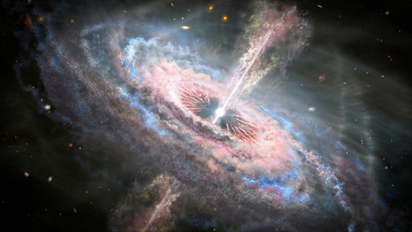
The first black holes may be born large (1000 solar masses) although it is a rare and difficult process. The timing and process of the formation of the first supermassive black holes is an important piece of the puzzle explaining how the first stars and galaxies formed and evolved.
With the JWST now launched we have the opportunity to study in greater detail the first galaxies and black holes emerging after the dark ages to establish when they formed and the role that the black holes play for the evolution of the first galaxies and the intra-galactic environment. We are involved in multiple international collaborations that use primarily JWST, HST and ground-based data to address these science questions.
- https://ui.adsabs.harvard.edu/abs/2022ApJ...925..121W/abstract
- https://ui.adsabs.harvard.edu/abs/2022ApJ...927...60G/abstract
- https://ui.adsabs.harvard.edu/abs/2022Natur.604..261F/abstract
- https://ui.adsabs.harvard.edu/abs/2019BAAS...51c.121F/abstract
- https://ui.adsabs.harvard.edu/abs/2023arXiv230714414B/abstract
- https://webbtelescope.org/contents/news-releases/2021/news-2021-056?Tag=Active%20Galaxies/Quasars
Marianne Vestergaard, Jens Hjorth, Danial Langeroodi
